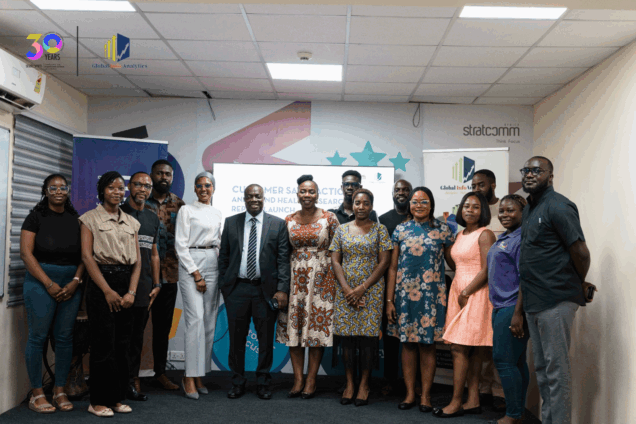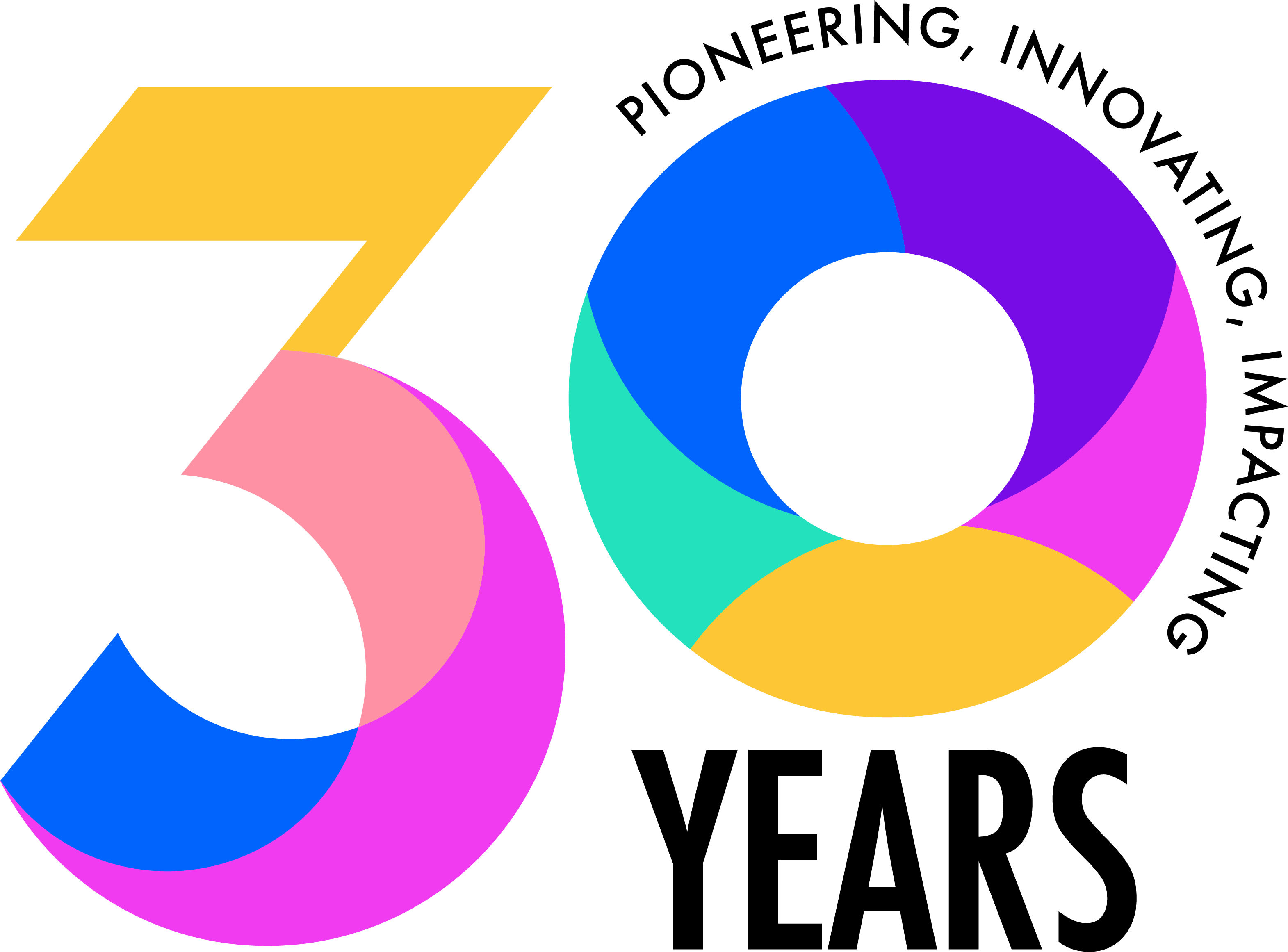The Evolution of Digital Communication and Its Impact on Your Business
The Evolution of Digital Communication and Its Impact on Your Business
Communication has always been fundamental to human interaction, shaping societies and enabling progress in various forms.
Whether through the gathering of communities assembled by the sound of the gong-gong or delivering the outcome of a royal decision with the beat of the talking drums, pre-colonial Ghanaian societies used various tools to communicate important messages. These methods were not only functional but also deeply embedded in the cultural fabric, serving to gather communities, convey important messages, and announce royal decrees.
As civilizations progressed, so did their methods of communication. The advent of written language led to the use of letters and messengers to convey messages over longer distances.
Also, the invention of the telegraph and Morse code further revolutionized communication, allowing for near-instantaneous transmission of information across great distances. These advancements marked significant milestones in human communication, enabling the rapid exchange of ideas, news, and information.
Fast forward to the modern digital age, and communication has taken on entirely new dimensions. The proliferation of smartphones, the internet, and social media platforms has completely transformed how we connect, work, and live.
Communication is no longer limited by physical boundaries; in this digital era, it is now instantaneous, global, and accessible to almost everyone. This digital revolution has had profound implications for businesses and society at large, fundamentally changing how we interact, consume information, and engage with the world around us.
Digital Communication: A Brief History

An MIT Course on the ‘history of digital communication’ traces the trend back to the invention of the telegraph in the 19th century, which allowed messages to be sent over long distances using electrical signals. This was followed by the telephone, which enabled real-time voice communication, and later, the internet, which revolutionized how we exchange data and information globally.
Impact on Business
The impact of digital communication on business has been profound. It has transformed how companies operate, communicate with customers, and collaborate with partners. Digital communication tools such as email, video conferencing, and social media have made it easier for businesses to reach a global audience and conduct operations remotely.
What Is Digital Communication?
For more clarity, digital communication is defined as the exchange of information using electronic devices and technology. The process involves an organization’s online communication efforts.
Most organizations including Stratcomm Africa today use a wide range of digital communication channels—from their website to mobile chat to blogs—to connect with current and prospective customers, employees, and other stakeholders.
Digital communications is responsible for everything from creating online brand assets to building an engaged social media audience.
Digital Communication in Marketing
Have you ever wondered how you received ad suggestions on your social feed or email after you talk about a certain product or received text messages about an event you are interested in? You obviously have always found the situation to be spooky.
Digital Communication has a role to play in these targeted ads and the professionals behind these marketing tactics work in digital communications—a field that is indispensable to most organizations today.
If you’re interested in breaking into the digital communications industry, now is a great time to explore the field; there’s a rapidly increasing demand in the job market for people with digital media skills. According to a survey by the U.S. Bureau of Labor Statistics, digital marketing demand is expected to grow by 10 percent from 2021 to 2031.
In the field of marketing, digital communication has opened new avenues for reaching customers and building brands. Social media platforms, for example, have become powerful tools for businesses to engage with their audience, gather feedback, and promote their products and services says an academic report by the North Western Univeristy .
Challenges and Opportunities
While digital communication has brought many benefits, it has also presented challenges. The rapid pace of technological change means that businesses must constantly adapt to new tools and platforms. Additionally, the rise of digital communication has raised concerns about privacy, security, and the impact of technology on society.
Examples of Effective Digital Communication
Throughout the years, the number of digital communication tools continues to grow. Many aspects of everyday life are now transferred to digital formats, such as work, school, and human interactions. As a result, there’s been increasing amounts of digital content consumption. Here are some examples of effective communication being utilized through digital formats.
Stratcomm Africa:

One example of a company leveraging digital communications in its marketing strategy is Ghana’s premier communications agency, Stratcomm Africa.
As Ghana’s leading total marketing communications agency for 29 years, Stratcomm Africa is constantly ahead of the curve, employing innovative digital communication strategies for itself and the brands we serve.
The Ghana Garden and Flower Show is one of the ways Stratcomm Africa is showing leadership in communication. Since 2013, Stratcomm Africa, as part of our corporate social responsibility, initiated the Ghana Garden and Flower Movement with its flagship event, the Ghana Garden and Flower Show, aimed at promoting, among other things, environmental sustainability as part of efforts to combat climate change and contribute to the achievement of the UN Sustainable Development Goals (UNSDGs).
Through a blend of digital communication strategies and traditional approaches, the event has attracted over 10,000 visitors annually over a five-day period, enlightening them about the potential within Ghana’s natural resources.
The celebration doesn’t stop at admiring the aesthetic value of gardens and flowers; it extends to knowing and appreciating practical benefits to be derived from them for the environment we live in and for our health and livelihood.
Currently, in its 12th year, the Ghana Garden and Flower Show, through Stratcomm Africa, continues to mobilize Ghanaian society and partners to work towards a greener, cleaner, healthier, wealthier, and more beautiful Ghana… and indeed a more beautiful world.
Amazon:

Amazon’s transformation from an online bookstore to a global e-commerce giant is another successful case of the effective use of digital communications. Its success underscores the importance of leveraging digital communications for business growth and innovation.
The company which was started by Jeff Bezos in his parent’s garage is considered one of the topmost companies in the world has consistently leveraged digital platforms to expand its product offerings to reach a wider audience and enhance customer experience.
By adopting a customer-centric approach, Amazon has utilized digital channels to gather and analyze customer data, offering personalized recommendations and enhancing the overall shopping experience.
They also expanded their product range beyond books and diversified into various categories like electronics and apparel, attracting a wider customer base and generating more revenue streams.
In addition, their business optimized its supply chain management, ensuring efficient inventory management and timely deliveries. Through targeted digital marketing strategies, Amazon has increased its brand visibility and attracted new customers, making it the number 1 website to shop from across the world.
Through digital platforms and social media, Amazon also engages with customers, gathers their feedback, and builds a loyal customer base.
Currently, Amazon is embracing emerging technologies such as AI and machine learning which has further enhanced its services, including recommendation algorithms and AWS.
Netflix:

Netflix’s evolution from a DVD rental service to a streaming powerhouse exemplifies the strategic use of digital communications.
Launched on January 16, 2007, Netflix is currently the most-subscribed video on demand streaming media service, with 260.28 million paid memberships in more than 190 countries as of January 2024
The company has capitalized on the shift towards online streaming and offers a vast library of content accessible anytime, anywhere.
Netflix personalizes its recommendations, enhancing user engagement and retention by leveraging data analytics while investing in original content and global expansion.
By 2022, Netflix had broadened its audience and solidified its position as a leading streaming service by utilizing social media and digital advertising. For example: Netflix finds creative and strategic ways to effectively market its content on various digital platforms which drive conversations, build community and increase subscriber growth.
While enjoying so much success in the past year, Netflix continues to embrace technological advancements, by introducing features like offline viewing and interactive content which has further enhanced the user experience. Netflix is ranked as the 24th most-visited website globally, with the United States accounting for 23.66% of its traffic, followed by the United Kingdom at 5.84% and Brazil at 5.64%.
Netflix’s success underscores the transformative power of digital communications in reshaping industries and meeting evolving consumer demands
Christie Brown Ghana:

Established in 2008 by Aisha Ayensu, Christie Brown Ghana is a fashion brand renowned for merging traditional Ghanaian craftsmanship with contemporary design.
Inspired by Ghana’s cultural richness, the brand reinterprets age-old techniques to craft modern, sophisticated pieces for a global clientele. Christie Brown has swiftly garnered acclaim locally and internationally for its distinct style and unwavering commitment to artisanal excellence.
During its inception, Christie Brown encountered typical hurdles faced by burgeoning fashion labels, such as building brand awareness, navigating a competitive market, and crafting a distinct identity.
To broaden its reach, Christie Brown launched its e-commerce platform in 2015. This move enabled the brand to connect with customers worldwide, tapping into the burgeoning global appetite for African fashion and design.
Christie Brown’s strategic initiatives have yielded remarkable outcomes, positioning it as a premier African fashion brand with a global footprint. The brand has garnered numerous accolades, including the Emerging Designer of the Year Award at Arise Fashion Week and features in esteemed fashion publications include Vogue, Harper’s Bazaar, Elle and many more. They’ve also styled the likes of Beyonce, Kelly Rowland, Esther Cobbah, Gabrielle Union and many others.
Christie Brown has carved a niche in the competitive fashion landscape due to the significant success of its social media campaigns and e-commerce website demonstrating the power of digital communication as an integral part of every business’ marketing strategy.
Future Trends

Looking ahead, the future of digital communication holds exciting possibilities. Emerging technologies such as artificial intelligence and virtual reality are poised to further transform how we communicate and interact. Businesses that embrace these technologies and adapt to changing communication trends will be well-positioned to succeed in the digital age.
Conclusion
Digital communication has revolutionized how we connect, work, and live. From its humble beginnings to its current state, digital communication has transformed businesses, societies, and the way we interact with the world around us. As we look to the future, digital communication will continue to shape our lives in ways we can only imagine.
Source:
What is Digital Communication? | In-Demand Skills and Careers (northeastern.edu)
2c67a3e5fa6910d378603d582c6efab8_book_1.pdf (mit.edu)






Leave a comment